Bennamann Ltd
Chynoweth Farm
Cornwall
TR4 9DG
United Kingdom
Woodco Renewable Energy Ltd.
Donaskeigh
Co. Tipperary
E34 RX89
Ireland
Planetek Hellas
4 Kifisias Avenue (Monumental Plaza, Building C - 5th floor)
15125 Marousi
Greece
Satelligence
Maliebaan 22
3581CP Utrecht
Netherlands


